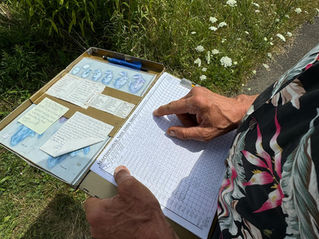
BIRDS
Explore below to learn more about the birds of Chautauqua as well as our special programs.
Local Birds
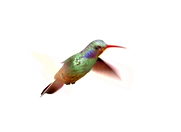

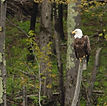
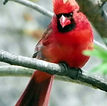
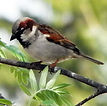
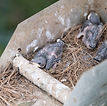
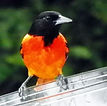
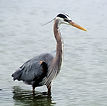
A diverse bird population calls western New York home.
Many people attract Baltimore Orioles to their backyards with oriole feeders. Such feeders work best with jelly or jam, and unlike hummingbird feeders, have larger perches and are orange instead of red. Baltimore orioles are also fond of halved oranges. If they discover a well-kept feeder, orioles lead their young there. They are named the Baltimore Oriole because the male bird’s colors match those on the coat-of-arms of Lord Baltimore.
Northern Cardinals, in the family Cardinalidae, are passerine birds (with feet that are adapted to perching) found in North and South America. They are robust, seed-eating birds with strong bills. They are typically associated with open woodland. The sexes usually have distinctive appearances. The northern cardinal type species was named by colonists for the male's red crest, reminiscent of a Catholic cardinal's biretta.
The American Goldfinch undergoes a molt (loss of feathers in preparation for new growth) in spring and autumn. It is the only cardueline finch to undergo a molt twice a year. During the winter molt, it sheds all its feathers; in the spring, it sheds all but the wing and tail feathers, which are dark brown in the female and black in the male.
The Great Blue Heron is a large wading bird in the heron family Ardeidae, common near the shores of open water and in wetlands over most of North America and Central America, as well as the Caribbean and the Galápagos Islands. It is the largest North American heron.

